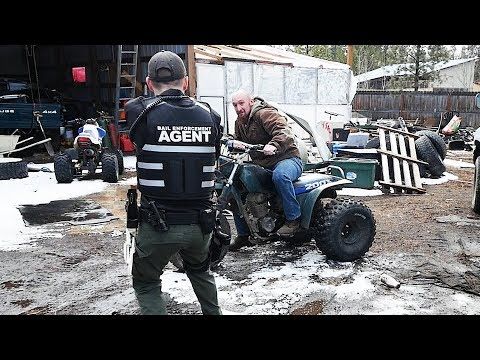What do you think of when we say ATV? You probably think of rolling hills, fun and excitement, right? You think of adrenaline and people trailblazing through mud while screaming, “Yeaaah!”
But you would hardly think of an ATV accident. But that’s exactly what happens to thousands of people every year when they get on one.
In case you didn’t know, ATV stands for “All Terrain Vehicle” and there are many uses for them besides fun. People use them to plow farms, plow snow, and even to transport materials. And the accidents that come from ATVs are from these uses as well as recreational ones.
In the United States, alone, ATVs are responsible for 100,000 injuries and 650 deaths every year but think about how many more people get on ATVs when they’re on vacation? Yet most of never even think to stop about the risks and injuries that happen from ATVs.
The next time you find yourself with an ATV and you’re asked to sign some kind of contract before riding one, think of this article. Learn about what some of the most common ATV injuries are, how to legally protect yourself, and what to do if you ever find yourself in need of injury lawyers in Baton Rouge.
In many states, you must register an ATV if you buy one and you must have insurance if you want to ride it out on the open road. In addition, some states also require special licenses for the driver and there are strict age restrictions on who can ride one.
For instance, some states require children under a certain age (usually 16) to ride with supervision, which is probably a good idea because ATVs are responsible for about 77 children’s deaths per year, according to the Consumer Product Safety Commission.
Of course, if you choose to not follow the law, no one will ever know but if you ever find yourself in an accident, you won’t have any legal protection and you can be charged for not following state regulations.
The lesson here? Always check with your local DMV before buying or riding an ATV.
While some states require you to have ATV insurance before riding one, some don’t, which leaves many ATV users to think they probably won’t need one.
But we’ll tell you this: most ATV users who get into accidents never thought they would need one too. Those who had it were glad they did and those who didn’t regret it.
Depending on the type of ATV insurance you buy, it can cover a range of damages and risks. Some cover bodily injuries, some cover property damages, some cover collision damages, and some cover all.
In a worst case scenario, you can end up in an accident where you hurt yourself or someone else severely and you would have to pay thousands of dollars for medical expenses and property damages.
Even if you just have a medical ATV insurance, it would cover all of your medical expenses, otherwise, your health insurance will be your only safety net.
At the end of the day, the choice to get ATV insurance or not is up to you but as with most auto insurances, some coverage is better than no coverage.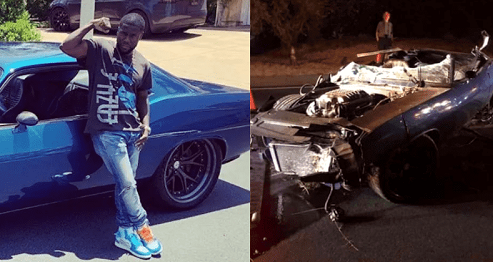
Right after an accident, you should seek medical help as soon as possible. Even if you feel fine, there can be internal or delayed injuries that you can’t see or feel until later on. Go and get yourself checked out in the hospital just to be safe.
Among those who reported being in ATV accidents, the most common injuries were:
But keep in mind, you can have one or multiple injuries when you get into a 4wheeler accident.
Of all the ATV injuries, brain injuries are probably the most worrisome because you cannot see them from the outside and sometimes symptoms might take up to days or even years to show up. This makes the cause of the injury difficult to trace and it poses a problem if you end in court.
Traumatic brain injury, memory loss, and permanent concussions are some of the more severe injuries that can happen to ATV crash victims. Children are especially more susceptible to brain injuries because their bodies are smaller and the impact of the crash can harm them more.
Children are especially more susceptible to brain injuries because their bodies are smaller and the impact of the crash can harm them more.
Spinal cord injuries are another type of damage to look out for if you’re ever in a four-wheeler accident.
Aside from being painful, spinal cord injuries can be devastating because they can cause a person to become disabled. They can lose their ability to walk, to move, and drastically change the quality of the person’s life. A less experienced but similar injury in its potential affect on your life is one that causes hip pain, which can be easily overlooked initially.
Regardless of severity, all ATV injuries should be examined. If you ever get into an ATV accident, never underestimate the amount of damage it can do to your body. Always go to the hospital as soon as possible to get your whole body checked out.
Recovery from ATV injuries is both time-consuming and expensive. Furthermore, it can put you out of work for weeks, months, or even years. If you’re looking into getting legal compensation for your injuries, make sure you keep formal documents of all your injuries and doctor’s visits.
Furthermore, it can put you out of work for weeks, months, or even years. If you’re looking into getting legal compensation for your injuries, make sure you keep formal documents of all your injuries and doctor’s visits.
If possible, make sure you get pictures of the accident. This means pictures of the vehicle, the environment, and any visible injuries on yourself and anyone in your party. These pictures will serve as evidence and give you leverage if you do end up going to court. You’ll also want to obtain a police report in case you end up needing a lawyer.
If you aren’t able to, try your best to get them from the responders and rescue workers that show up at the accident site.
If you end up crashing into another vehicle or someone else’s property, or even your own, get the names of everyone that is involved. If it’s another vehicle, make sure you take down their license plate number, contact information, and insurance information.
For insurance and legal purposes, you’ll need all of this information in case any of your information is called into questioned and needs to be investigated.
If the other party involved is unwillingly to cooperate, do not try to force them. Call the police and take down whatever information you can. Take pictures of their license plate if it’s there. You are also not legally bound to answer any of their questions.
One study of an ATV accident in Alaska found six victims permanently damaged and needed $11.5 million dollars to pay for basic long-term skilled care until they’re 65 years old. Without legal representation, the six victims involved would not have been able to get the money they were entitled to care for themselves and their families.
Even if your accident doesn’t bring about such extreme consequences (and we hope it doesn’t), you might be entitled to legal compensation for whatever damages happened to you. Vehicle accidents of any kind can cause a lot of mental, physical, and financial stress on the victims and the victims’ families.
After you get the medical treatments you need, find a lawyer that specializes in vehicle accidents to get a free review of your accident. ATV injury lawyers are especially knowledgeable in this area and will be able to quickly access your case.
Even if the cause of your accident is unclear, get a lawyer’s opinion on the accident. What if the manufacturer of your ATV had a recall for your ATV years ago but the seller never informed you? What if the road your accident happened on had caused several other accidents?
Our point is, you don’t know what you don’t know and a lawyer will be able to help you find out.
If you have ATV insurance, notify the company and send in all the necessary documentation to file a claim as soon as possible.
In situations where another party was involved, make sure you get the names and contact information of the other people. If you have evidence to prove it was the other party’s fault, get their insurance information and notify their insurer.
If, however, you don’t have evidence but strong reasons to believe it was the other party’s fault, you’ll need to get a lawyer.
We do not mean to scare you about riding ATVs but we do think it’s important that you are aware of their dangers and are prepared if you ever find yourself in an ATV accident.
To put things into a healthier perspective, deaths account for less than one percent of all 4wheeler accidents. Most ATV injuries are not fatal and most victims heal from them. But the emotional, physical, and mental scars that are left can take a toll on the injured person.
If you suspect you have any emotional or physical traumas from an ATV or vehicle accident, don’t be afraid to get in touch with one of our ATV injury specialists for a free case review of your accident. We’re here for you.
I have been servicing and repairing UTV’s now for 7 years and have seen a lot of different problems and many that repeat themselves.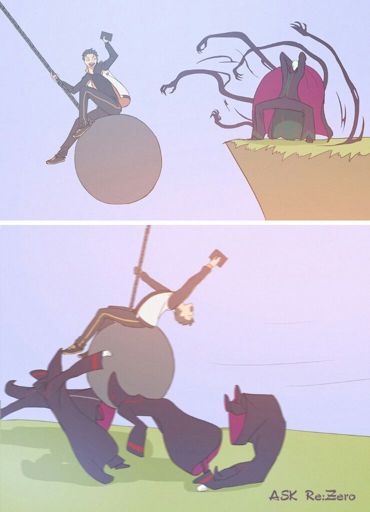
I love talking with my clients and hearing all the stories about their rides and all the likes and dislikes people have experienced with all of their UTV’s, which include all makes – Polaris, Honda, Can-Am, Kawasaki, Yamaha, Textron.
But the thing that kind of scares me the most is the same statement that comes up when we discuss a wreck that has happened to their UTV. I have seen in my shop approximately seven wrecks that have caused significant damage, ranging from $1500.00 – $5,000.00 in costs associated with these wrecked UTV’s. Update one more wreck while writing this blog post loaned out to son with $2,000 in plastics alone on his Can-Am
I don’t know about you, but I really don’t want to wreck my Polaris UTV! I have installed all safety devices, so just in case the unfortunate happens while riding, WE, hopefully, come out OK, but the UTV never comes out OK.
Along with thousands of dollars to repair your UTV, you will usually lose several months of riding, and this usually happens in your main riding season.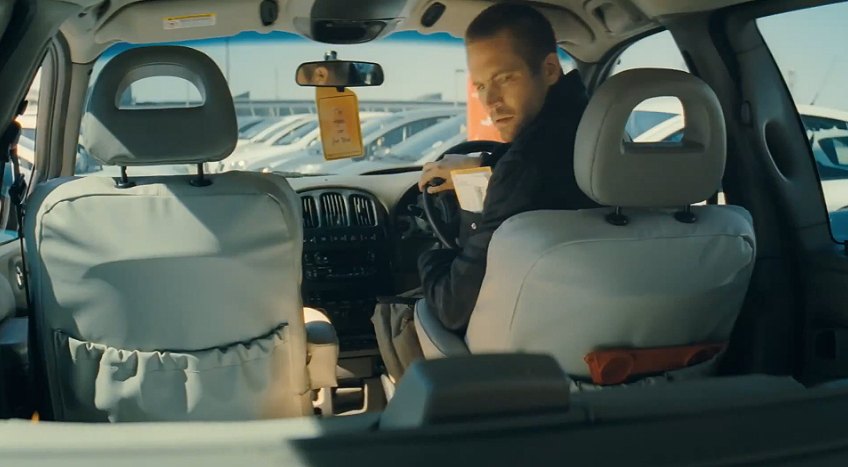
So, here is the scary thing about what I hear my clients tell me…in all seven wrecks they were all loaned out to family, friends, co-workers, and bosses. It has never been the actual owner, and worse yet, it has usually happened immediately after their first quick ride!
As much as you want to let your family and friends take your expensive UTV out for a ride, you better think twice about it. At least, put in place a way to make it a learning experience with you in the passenger seat.
My guess is people must watch YouTube videos and watch those guys and gals making it look so easy and fun to drift around corners and jump the next hill. They make it look like these UTV’s are so easy to drive.
Then when they borrow your UTV and come up to a sharp turn doing about 40 mph, they think it is going to feel just like their car that they drive on the pavement that handles this type of speed on a turn just like it. They end up sliding out, the UTV ending up rolling and wrecking because they did not slow down to handle the turn at a proper speed. The modern-day UTV handles like a dream, but you are on dirt, rocks, and sand, so it takes some finesse and hours of seat time to handle the high-speed turns and hills.
The modern-day UTV handles like a dream, but you are on dirt, rocks, and sand, so it takes some finesse and hours of seat time to handle the high-speed turns and hills.
If you are going to loan out your UTV, I would suggest these steps before the first ride:
Damage from a crash in UTV
Side x side crash on the damage that comes with it
I am not suggesting you never let someone else drive your UTV, but I believe, if you put in place some of these items mentioned above, this could prevent 80% of the accidents happening while using borrowed UTV’s.
Wrecks that I have seen personally and the damage that has been done:
If they do a soft rollover, it is usually around $1500.00 – 2000.00.
If they are driving fast and hit some large rocks unexpectedly, I have seen up to $5,000.00 worth of damage, including broken transmissions, axles, hubs, ball joints.
At this time do you bring in your insurance company – yes or no?
If you have your insurance company take care of a $1500.00 wreck, what will this cause?
I hope this does not happen to you, but it will pay to plan ahead for loaning out your UTV.
Update – as I am writing this article, one more customer came by and talked to me about his wrecked Can-Am. His kids borrowed it and turned it over. He has priced out the body panels that were damaged and the parts alone are over $1800.00. He is in the same debate – does he bring the insurance in or not because of the possible consequences of his insurance rates. This is a very common problem.
His kids borrowed it and turned it over. He has priced out the body panels that were damaged and the parts alone are over $1800.00. He is in the same debate – does he bring the insurance in or not because of the possible consequences of his insurance rates. This is a very common problem.
If you get in a wreck and want to bring the UTV by for me to check it over and see if it looks like it could be repaired, give me a call.
Until we ride again…
Gary Madsen
Owner of UTV Service specializing in shocks and suspension.
I have always loved making cars and now UTV’s run and handle there best. I do not believe in taking short cuts and when something comes along that does not fit my values I will not sell or back that product.
Business owner for over 35 years. 3-Time Nascar short track champion at our local race track Rocky Mountain Raceway in Salt Lake City, Utah
UTV’s owned
2017 Polaris XPT 2-Seat Turbo-Current
2015 Polaris XP1000 -Sold
2011 Polaris RZR 800- Sold
You agree that the maximum speed will be limited for safety reasons
ATVs must be operated by persons over 16 years of age.
The total load on the ATV must not exceed 150 kg.
While driving, the driver must firmly hold on to the steering wheel, the passenger on the special handles.
When cornering, move (tilt) the body in the direction of the turn.
When tilting the ATV, move (tilt) the body in the direction opposite to the slope.
Always keep your feet on the footrests when moving, even when leaning over.
We provide a free instruction on how to drive the ATV before you start using it.
If you notice fluid leaks and/or other problems, stop the engine immediately and notify your instructor.
If you detect the operation of warning signs on the instrument panel (during the initial briefing, you will be shown control devices that you should pay attention to throughout the trip), immediately turn off the engine and inform the instructor.
Before and after the rental, the ATV is checked in your presence for breakdowns and damages, after which the acceptance certificate is signed.
Ride on a quad bike, always wearing helmets only, protective suits are provided free of charge on request.
In the event of a breakdown or accident, inform the instructor or contact him by phone.
If the ATV is damaged due to your fault, you pay for the cost of repairs and spare parts.
The time spent during the trip to fix problems that occurred through your fault is not compensated.
ATV must be instructed before use;
You agree to follow the speed limit set by the guide (instructor).
Do not succumb to the provocations of other citizens to participate in the race; clashes and other actions that can directly or indirectly cause damage to property and citizens;
Do not interfere with your actions or omissions to comply with these rules.
Drive onto highways and other public roads.
To tow other ATVs, or any other vehicles.
Leave ATV unattended.
Crossing deep water obstacles, driving over fires and areas with smoke or open flames is prohibited.
Gear shifting without stopping the machinery.
Drunk or drugged ATV riding.
Intentional collision with other ATVs.
Intentional collision with obstacles.
Provoking others to collide.
Overtake the instructor and the ATVs in front.
Deliberately fall behind the convoy and then overtake the convoy at high speed.
Do not follow the instructions of the instructor.
Touch moving parts such as wheels, drive shafts, variator pulleys, etc.
Talk aggressively, use profanity, and do anything that might disturb the people around you.
• Do not operate the ATV without a properly sized crash helmet.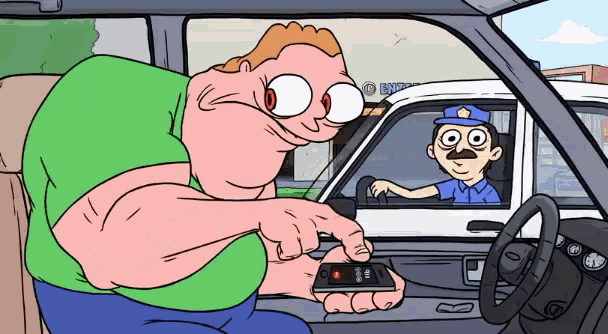 It is also necessary to wear eye protection, (protective mask or goggles).
It is also necessary to wear eye protection, (protective mask or goggles).
• Do not consume alcohol or drugs before or while operating an ATV.
• Always follow the instructions and follow the Instructor's recommendations.
• Before each use, make sure the ATV is in good condition and safe to ride. Always follow the rules and recommendations for driving given in the instruction.
• Always use extreme caution and drive slowly when driving in unfamiliar terrain.
• Always keep both hands on the handlebars and both feet on the footrests while riding the ATV.
• Do not operate the ATV on uneven, slippery, damaged roads until you have learned and gained the practical skills necessary to control the ATV on such roads. Always be extremely careful when driving in such conditions.
• Do not operate the ATV on slopes that are too steep for the vehicle and for your experience. Practice on small descents before moving on to difficult ones.
• Always follow the appropriate instructions from the Instructor when entering the hill, check the road surface first, never enter the hill on a road that is too slippery or has a damaged surface. Shift your weight forward of the ATV, never suddenly open the throttle or change gears suddenly. Never drive up a hill at high speed.
Shift your weight forward of the ATV, never suddenly open the throttle or change gears suddenly. Never drive up a hill at high speed.
• Always follow the appropriate instructions from the Instructor when descending and braking on the hill. Inspect the road carefully before descending. Shift your weight back, never go down a hill at high speed. Avoid going downhill at an angle that could cause the ATV to lean to the side. Go straight down if possible.
• Always follow the appropriate Instructor's instructions for crossing inclines. Avoid slides on excessively slippery or damaged surfaces. Shift your weight to the side of the lift. Never turn the ATV around on a hill until you have mastered the turning technique. On level ground, avoid crossing steep hills whenever possible.
• To prevent the engine from stalling and the vehicle from reversing when entering a hill, use the appropriate gear and maintain a steady speed. If the engine stalls or the vehicle reverses, follow the Instructor's specific instructions.
• Always check for obstacles in the road before operating the ATV in unfamiliar terrain. Never try to overcome large obstacles on the ATV, such as large rocks or fallen trees. Always follow the Instructor's specific instructions for overcoming obstacles.
• Be careful when skidding or skidding when practicing at low speed on a flat, smooth road. On extremely slippery surfaces such as ice, drive slowly and be very careful to reduce the risk of slipping or skidding.
• Start decelerating some time before stopping.
• Be aware that wet brakes reduce stopping power. Check your brakes after getting out of the water, if necessary, wait a while for the pads to dry out.
• Always be sure there are no obstacles or people behind you when you turn.
• Never exceed the ATV's stated load capacity. The load must be properly placed and securely attached.
• Never start the engine on a slope, as this may cause damage.
• Observe age guidelines: children under 16 are not allowed to operate an ATV. Do not allow a person who does not know how to operate the ATV in a safe manner to operate the ATV.
Do not allow a person who does not know how to operate the ATV in a safe manner to operate the ATV.
• Avoid riding the ATV on paved roads, including driveways, sidewalks, streets and car parks.
• If you need to stop (frozen helmet glass, hands, etc.) do not wait for the group to stop. Raise your left hand up (stop signal for ATVs following you) and gently come to a stop.
The instructor has the right to stop the tour early in case of violation of these rules!!!
To prevent ATV riding from ending up in a long hospital room:
Do not drive too fast. A four-wheel drive ATV is not a car or a motorcycle. It doesn't respond as well to the driver as a car, it can't lean quickly into a corner like a motorcycle. Remember that when riding an ATV it is very easy to roll over on level ground or even crash into a tree at full speed. For example, if a stump comes across in a field under tall grass, the ATV can run into it, and then the rider will fly over the steering wheel, or at least hit it.
Never ride an ATV alone. It is best to ride with someone in a pair on two ATVs. There are a lot of situations when a partner is needed. For example, it is very difficult to put an overturned ATV on wheels, and if it covered you from above, then you won’t even be able to get out from under it alone. The second ATV can pull the first one out of the swamp or tow it to the camp in case of a breakdown.
When passing a difficult obstacle, it is better to get out of the saddle and, carefully working with the brake and accelerator, walk alongside. You should also not go too deep into the water - you can fill the motor.
Place both feet straight on the footrests and hands on the controls.
Start the engine, let it warm up. After that, holding the brake, engage the gear.
Select direction of travel.
Release the brake and slowly press the throttle with your right thumb to start moving. The speed of movement depends on how far the damper is open.
The speed of movement depends on how far the damper is open.
For starters, don't try to drive fast. It is better to learn how to maneuver, handle the brake system and throttle on level ground.
Turn the steering wheel in the desired direction. Tilt your upper body inward and rest your weight on the outside footboard. This will change the balance of traction between the wheels, and the turn will be made smoothly. Turns back are performed in the same way.
ATTENTION!!! ATVs are not designed to make sharp turns or turns at high speed!
When entering a slippery surface, slow down.
Avoid sharp and sharp turns, or the ATV will skid.
When skidding, turn the steering wheel in the direction of the skid and shift your body weight forward. Never slow down during a skid.
An all-wheel drive system can make driving on slippery surfaces much easier.
Climb up in a straight path.
ATVs are not designed for climbing steep hills (over 25°).
When lifting, keep both feet on the footrests and shift your body weight forward.
Drive at a steady speed with the throttle open.
When ascending, be fully prepared for an emergency.
If the ATV has completely lost forward speed, raise yourself up and apply the front brake. If there is a complete stop, apply the rear brake as well, and then set the gear selector to park.
If the machine rolls backward, it is necessary to get up and apply the front brake. After a complete stop, you can also apply the rear brake and move the gear selector to park mode.
ATTENTION!!! Crossing hills on an ATV is very dangerous! If possible, try to avoid hills when riding an ATV. Any incorrect action while crossing a hill can cause serious injury, or even death!!!
Any incorrect action while crossing a hill can cause serious injury, or even death!!!
If you still need to cross a hill with an ATV, please follow these rules:
Drive at low speed.
Lean your torso towards the hill to transfer the weight of your upper body towards the slope. But be sure to keep your feet on the footboards.
In order not to lose direction, the machine must be steered slightly uphill.
If the ATV begins to tip over, quickly turn the front wheel downhill or leave the vehicle immediately.
When descending a slope, you need:
Move in a straight line.
Shift your body weight to the rear of the machine.
Drive at a slow speed, applying the brakes lightly.
Know how to operate the rear auxiliary brake lever.
If the machine stalls while lifting, do not let it roll down.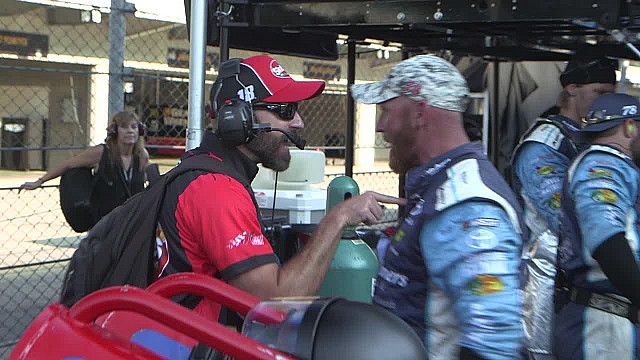 Do the following:
Do the following:
Stop and put the gear selector in park mode, raise yourself up.
Turn off the engine.
Get off the ATV on the side that is on top. If the ATV is pointing up in a straight line, then you need to get off on the left.
Stand at the top of the machine and turn the steering wheel fully to the left.
While holding the brake lever, place the shifter in first gear and allow the ATV to circle slowly to the right until the vehicle is across the slope or turns slightly down.
Shift the shifter into park and sit back on the ATV from the top side while supporting your body weight.
While holding the brake lever, start the engine while shifting the gear selector to first gear.
After releasing the brake, drive slowly until the ATV is on level ground. Control the speed with the brake.
You can cross shallow water on your ATV (the depth should not exceed the level of the footrests).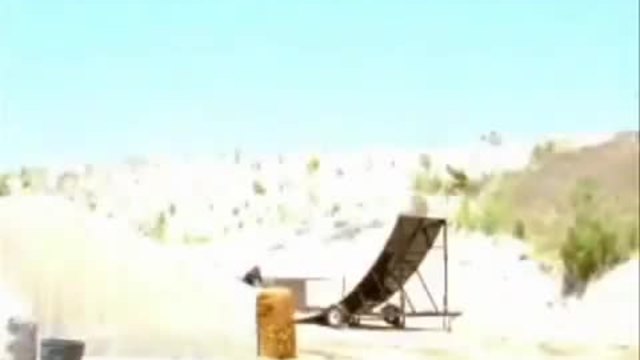 The following rules must be observed:
The following rules must be observed:
Before entering the water, assess the depth and speed of the current.
It is necessary to move the reservoir in the place where there is a gentle descent to the water.
Move slowly, avoiding rocks and other obstacles.
Dry the brakes after driving over water. To do this, lightly press the lever until the brakes start working correctly again.
The circumstances of a fatal accident involving an ATV on the M-11 toll road are being established. The all-terrain vehicle was driven by a girl without a license.
As it became known to Moika78, the tragedy occurred on August 17 on the 598th km of the M-11 Neva highway near Lyuban, Tosnensky district of the Leningrad region. A 28-year-old woman driving a CF Moto ATV and a 13-year-old passenger flew off the road and landed in a drainage ditch.
An investigation has been started into the accident. According to preliminary data, the driver's license was not issued to the girl, and the ATV was not registered.
Earlier, Moika78 reported on a fatal accident on the Priozerskoye Highway. Subaru and Renault collided on the highway. According to preliminary data, the driving "Japanese" driver became the perpetrators of the accident. He died.
Text: Veronika Smirnova A teenager died in a hospital. Photo: Baltphoto/Andrey Pronin A teenager who was riding in the passenger seat of a crashed ATV died on the Neva highway in the Tosnensky district.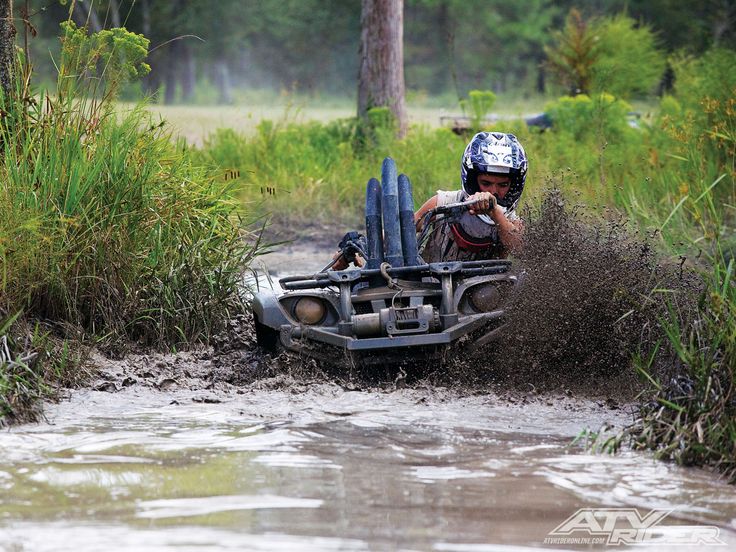
13:36 18.08.2022 GAZETA.SPb - St. Petersburg
Subaru driver killed. Photo: Pixabay In the Leningrad region, an investigation is underway into a fatal accident on the Sortavala highway.
13:36 18.08.2022 GAZETA.SPb - St. Petersburg
The child died in the hospital after receiving multiple injuries. pxhere.com The teenager died after an accident on the 598th km of the M-11 Neva highway on the evening of August 17.
11:43 18.08.2022 IA Nevskiye Novosti - St. Petersburg
Circumstances of a fatal accident involving an ATV on the M-11 toll road are being established.
11:02 18.08.2022 Moika78.Ru - St. Petersburg
Mitsubishi Colt flew into a ditch on the Murmansk highway near the village of Dusevo, Leningrad region.
07:31 18.08.2022 Moika78.Ru - St. Petersburg
A blue Mitsubishi car with a woman behind the wheel flew into a ditch on the Kola federal highway in the Kirovsky district of the Leningrad region.
21:54 17.08.2022 Fontanka - St. Petersburg
On Wednesday, August 17, an accident occurred at the 598th kilometer of the Neva highway. Around 6:10 pm, a quad bike driven by a 28-year-old girl drove into a drainage ditch.
Around 6:10 pm, a quad bike driven by a 28-year-old girl drove into a drainage ditch.
10:05 18.08.2022 47Channel.Ru - Leningrad region
Archive photo Photo: Globallookpress.com The circumstances of a fatal accident involving an all-terrain vehicle in the Tosnensky district of the Leningrad region are being established.
09:38 18.08.2022 47 news - Leningrad region
A mass fatal accident occurred on the Caspian federal highway in the Ryazan region on 17 August.
16:23 17.08.2022 RIA 7 News - Ryazan
In the Kamensky district of the Rostov region, a 37-year-old man driving a Ford Focus car died in an accident with a KamAZ.
15:51 17.08.2022 Rostov161 - Rostov-on-Don
Photo: Bashinform news agency source In Bashkiria, not far from the Urtatau reservoir, on the afternoon of August 16, a fatal accident occurred with a girl.
11:24 17.08.2022 Bashinform - Ufa
Today, on August 16, in the Rostov region, a terrible accident occurred on the M-4 Don highway - the driver died and the car burned down.
16:25 16.08.2022 Newspaper Taganrogskaya Pravda - Taganrog
The day before, in the village of Nikolo-Pavlovsky, an accident occurred with an ATV driven by a 15-year-old teenager.
12:01 16.08.2022 Between the Lines - Nizhny Tagil
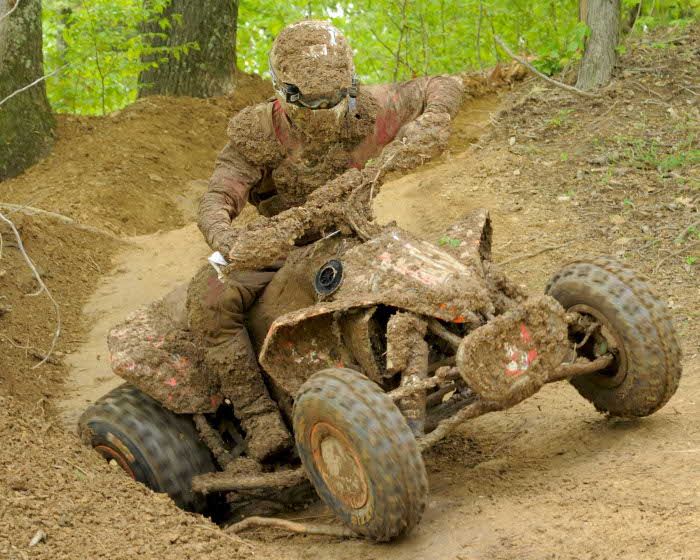 Photo: Baltphoto/Andrey Pronin A teenager who was riding in the passenger seat of a crashed ATV died on the Neva highway in the Tosnensky district.
Photo: Baltphoto/Andrey Pronin A teenager who was riding in the passenger seat of a crashed ATV died on the Neva highway in the Tosnensky district. 
